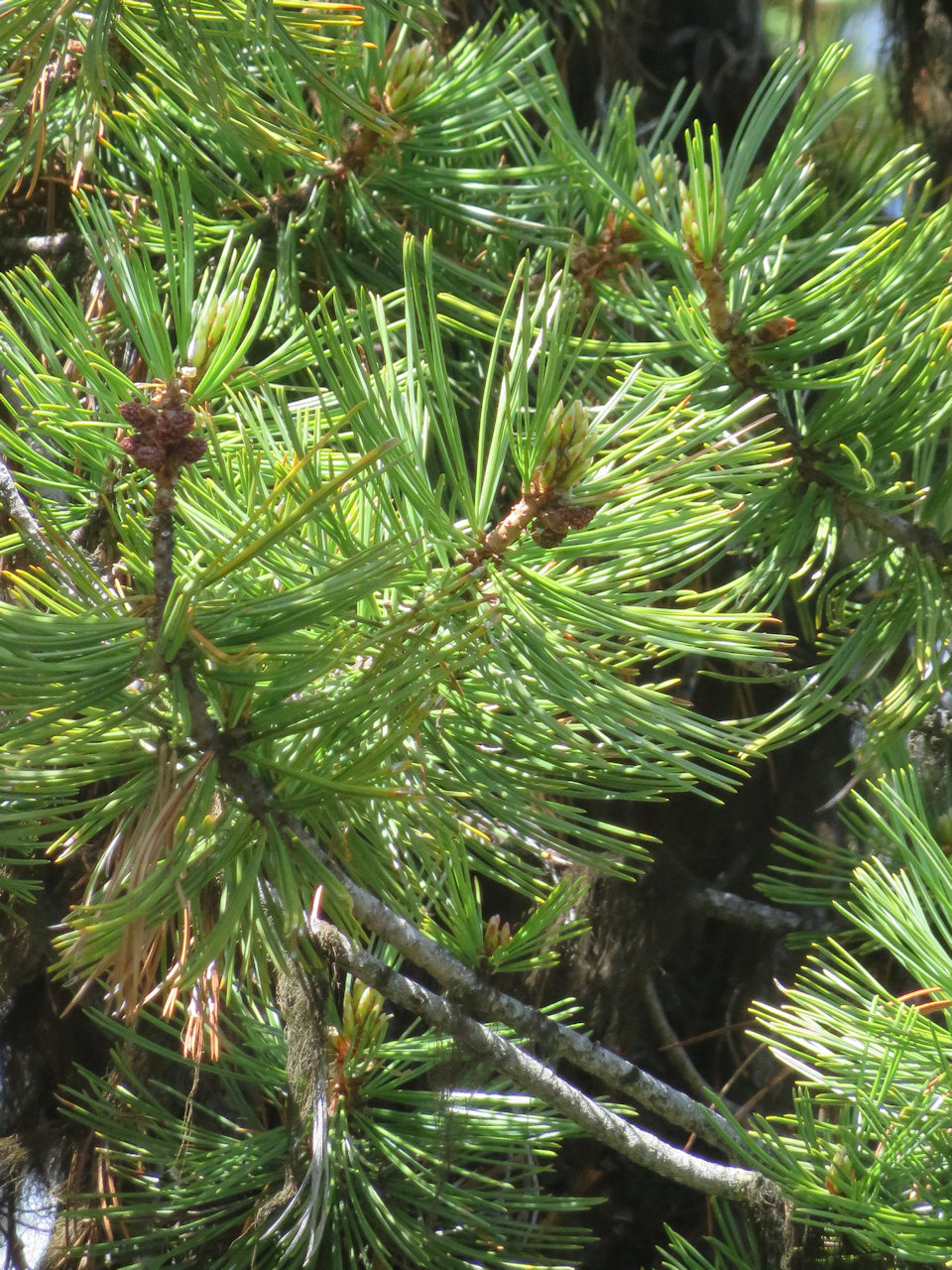
Here’s an excellent article on the efforts to restore the whitebark pine population . . .
It’s a late September day, threatening to rain, and the mountainsides around Whitefish, Montana are popping with red huckleberry leaves, mountain ash, and maple. “We’re almost to the whitebark zone,” Melissa Jenkins announces as the ski lift ascends over Whitefish Mountain Resort and the air temperature drops. As we near the summit, she points out the towering, gray skeletons of dead trees poking out of the shrubby understory.
Jenkins explains that whitebark pines (Pinus albicaulis) once dominated the upper mountain here. The trees make a living in the higher elevations of the Sierra Nevada, the Cascades, and in the Rocky Mountains as far south as Wyoming. But in the 1920s, a rust fungus introduced from Asia started appearing in the northern Rockies. Blister rust (Cronartium ribicola) hit whitebarks hardest in northern Montana and Idaho, southern Alberta, and British Columbia. By the time Jenkins, who oversees forest management activities on the Flathead National Forest, arrived in 2008, blister rust had killed 80 percent of the region’s whitebark pines.
The species’ outlook has grown increasingly dire over the past 20 years. Blister rust has been a big part of that problem. So have unprecedented, climate-driven outbreaks of native bark beetles. Fire suppression has also allowed shade-tolerant tree species to crowd out whitebarks. In 2011, the whitebark pine became the first widely distributed tree considered for protection under the Endangered Species Act. Although the U.S. Fish and Wildlife Service said the tree warranted listing as a threatened or endangered species, limited resources have kept it from being prioritized for protection. Canada declared it endangered under the Species at Risk Act in 2012.